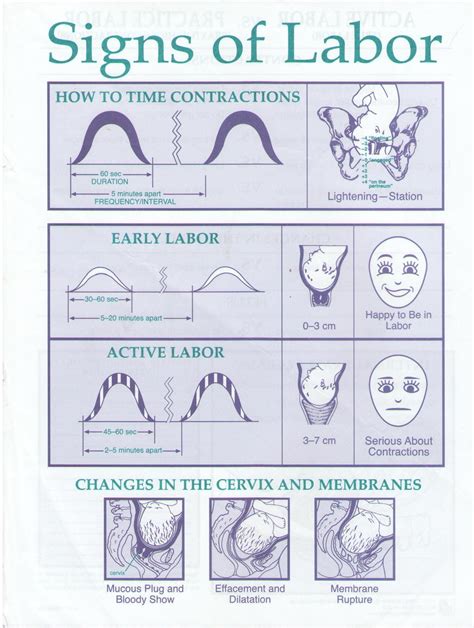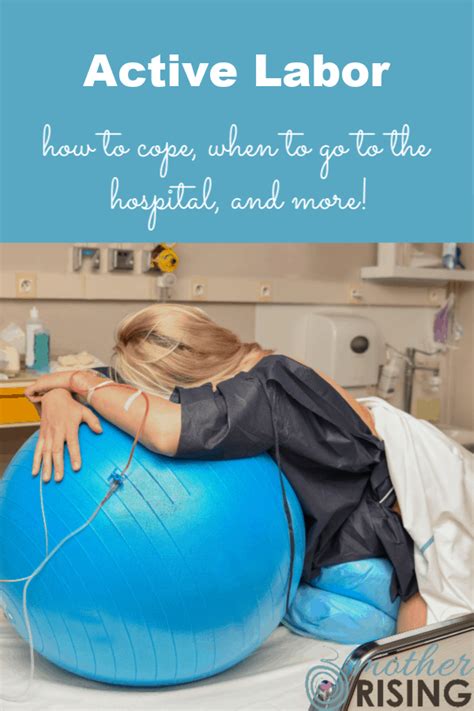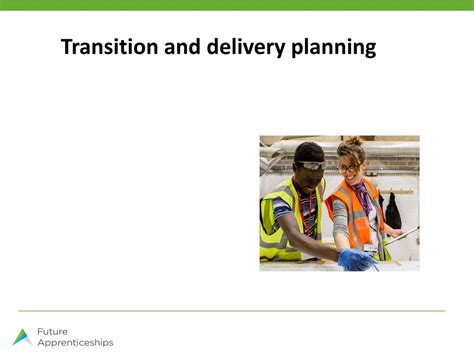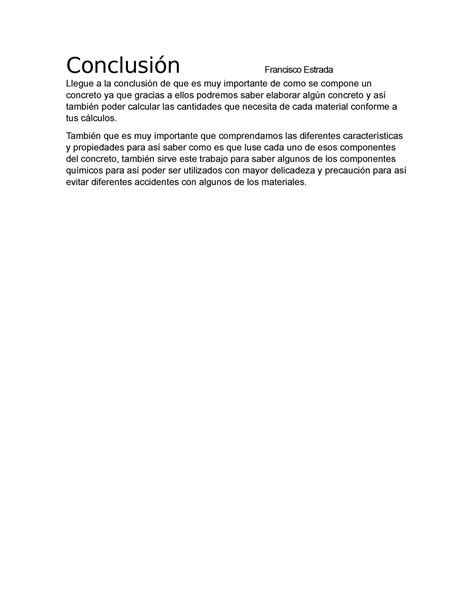Intro
Discover the 3 phases of labor, including latent, active, and transitional phases, and learn about labor progression, contractions, and birth stages to prepare for a smooth delivery experience.
The process of labor is a complex and highly individualized experience for every woman. It is a time of significant physical and emotional change, marked by the onset of contractions, the dilation of the cervix, and the eventual birth of a baby. Understanding the different phases of labor can help expectant mothers prepare for this life-changing event and navigate the challenges that come with it. Labor is typically divided into three distinct phases, each with its unique characteristics and milestones.
As women approach the end of their pregnancy, they often wonder what the labor process will be like. Will it be long and arduous, or relatively short and straightforward? The answer to this question can vary greatly from one woman to another, depending on factors such as the size and position of the baby, the mother's overall health, and whether she has given birth before. Despite these variables, the three phases of labor provide a general framework for understanding the progression of labor and the physical and emotional changes that occur during this time.
The journey through labor can be both exhilarating and intimidating, filled with moments of excitement, fear, and uncertainty. As the body begins to prepare for the birth of the baby, women may experience a range of sensations, from mild discomfort to intense pain. The support of healthcare providers, partners, and loved ones can play a significant role in helping women cope with the challenges of labor and feel more empowered and in control. By understanding the different phases of labor and what to expect during each stage, women can better prepare themselves for the experience and make informed decisions about their care.
Phase 1: Early Labor

Some common signs of early labor include:
- Mild to moderate contractions that last around 30-70 seconds
- A bloody show or loss of the mucous plug
- Back pain or discomfort
- Nausea or vomiting
- A sudden surge of energy or restlessness
Working Mechanisms of Early Labor
The working mechanisms of early labor are complex and involve the interplay of various hormonal and physical factors. The hormone oxytocin plays a key role in stimulating uterine contractions, which help to dilate the cervix and move the baby down the birth canal. As the cervix dilates, the body releases prostaglandins, which are hormone-like substances that help to soften and ripen the cervix.Phase 2: Active Labor

Some common signs of active labor include:
- Stronger and more frequent contractions that last around 60-90 seconds
- Increased pressure in the pelvis and rectum
- Nausea or vomiting
- Shaking or trembling
- A sense of urgency or feeling like the baby is coming
Benefits of Active Labor
Active labor is a critical phase of the labor process, as it helps to move the baby down the birth canal and prepare the body for delivery. Some benefits of active labor include: * Faster cervical dilation * Increased movement of the baby down the birth canal * Preparation of the body for delivery * Release of hormones that help to stimulate uterine contractionsPhase 3: Transition and Delivery

Some common signs of transition and delivery include:
- Very strong and frequent contractions
- Intense pressure in the pelvis and rectum
- A sense of urgency or feeling like the baby is coming
- Nausea or vomiting
- Shaking or trembling
Steps to Prepare for Delivery
To prepare for delivery, women can take several steps, including: * Practicing breathing techniques and relaxation methods * Staying hydrated and energized * Changing positions frequently to help the baby move down the birth canal * Using pain management techniques, such as massage or hydrotherapy * Having a support system, such as a partner or doula, to provide emotional and physical supportPractical Examples and Statistical Data

Some practical examples of how women can prepare for labor and delivery include:
- Taking a childbirth education class to learn about the labor process and pain management techniques
- Practicing relaxation methods, such as deep breathing or meditation, to help manage pain and anxiety
- Creating a birth plan to outline preferences for labor and delivery
- Having a support system, such as a partner or doula, to provide emotional and physical support during labor
SEO Optimization and Keyword Density

Some examples of relevant keywords and phrases include:
- Phases of labor
- Early labor
- Active labor
- Transition and delivery
- Childbirth
- Birth process
- Labor and delivery
- Pregnancy
- Parenting
Conclusion and Final Thoughts

We invite you to share your thoughts and experiences with us, and to ask any questions you may have about the phases of labor. Please comment below, and we will do our best to respond to your queries and provide further guidance and support.
What are the three phases of labor?
+The three phases of labor are early labor, active labor, and transition and delivery. Each phase has its unique characteristics and milestones, and understanding each stage can help women prepare for the challenges and milestones of labor.
How long does each phase of labor typically last?
+The length of each phase of labor can vary greatly from one woman to another, but on average, early labor can last for several hours, active labor can last for several hours, and transition and delivery can last for around 1-3 hours.
What are some common signs of each phase of labor?
+Some common signs of each phase of labor include mild to moderate contractions during early labor, stronger and more frequent contractions during active labor, and intense pressure and a sense of urgency during transition and delivery.
